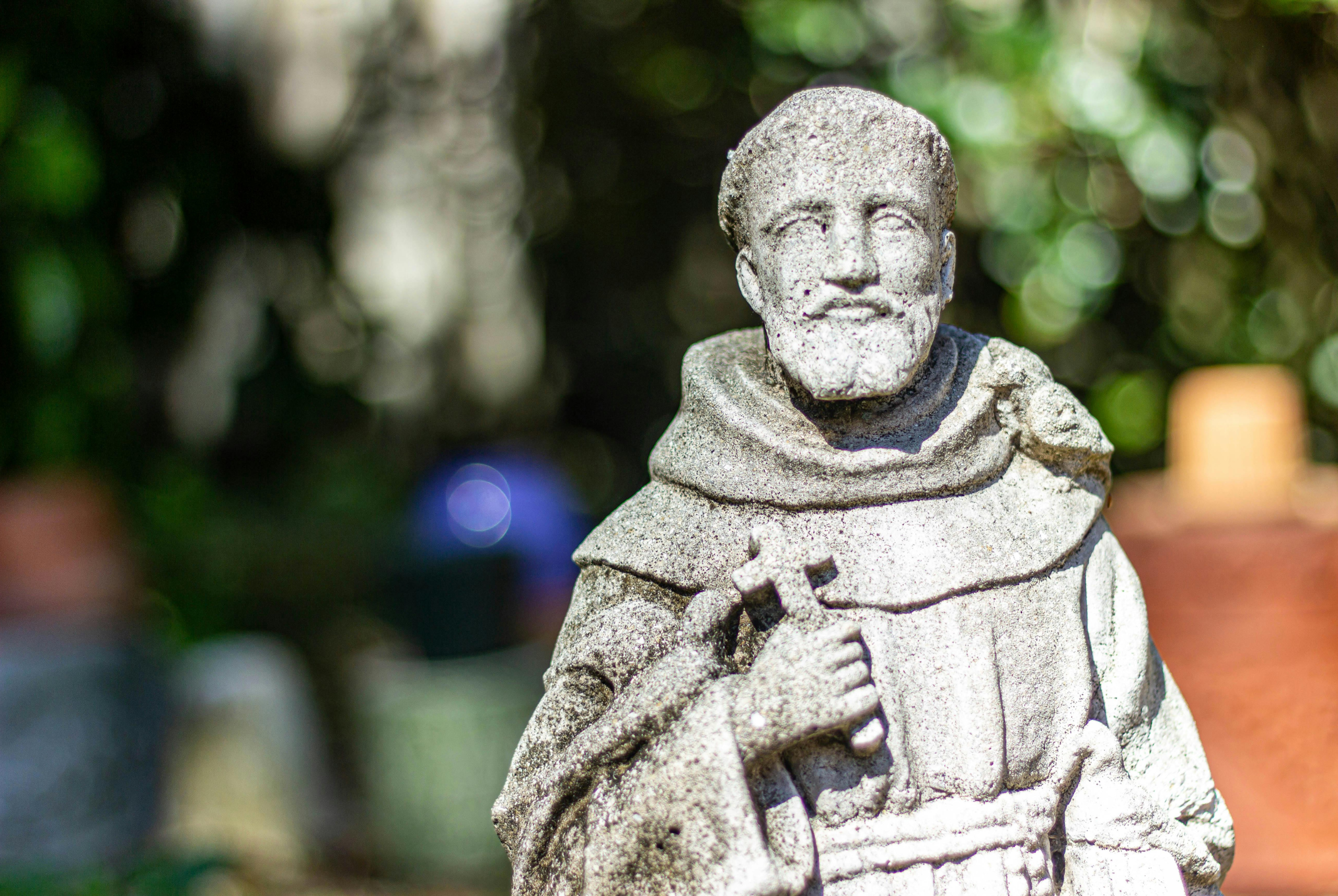Saint Luke: Evangelist of the least and witness of mercy

From the Gospel of mercy to the arrt of storytelling: Luke’s life between Faith, inclusion, and beauty
Celebrated on October 18th, Saint Luke the Evangelist is one of the most fascinating figures of early Christianity. Although he never met Jesus directly, he was able to offer an inspired and precise account of His life and of the first steps of the Christian communities.
Author of the third Gospel and of the Acts of the Apostles, Luke was a faithful companion of Saint Paul on his journeys and a witness to God’s mercy through the written word. An educator of faith and a profound narrator of Christ’s humanity, he transformed his spiritual experience into a call to care and inclusion.
Life and writings
According to historical sources, Luke was born in Antioch of Syria around 10 A.D.
He was likely a physician when he came into contact with the Christian community of his native city.
His encounter with Paul proved decisive for his conversion and led him to share in many apostolic missions, as evidenced in Paul’s letters.
His legacy — the Gospel of Luke and the Acts of the Apostles — unites spiritual depth with narrative precision. In the Gospel, we find unique accounts absent in Mark, Matthew, and John, such as the stories of Jesus’ childhood and several memorable parables. In the Acts, Luke describes the birth and growth of the Church, from the Ascension to Paul’s missions, revealing the living strength of a community bringing the message of the Risen Christ to all peoples.
A Gospel of mercy and inclusion
Among the four, Luke’s Gospel is often called the “Gospel of Mercy.”
It contains eighteen parables and six miracles — among the most universal and beloved in the Christian tradition.
Among these stand out the Good Samaritan, an example of charity that transcends all boundaries; the Prodigal Son and the Merciful Father; and the story of the rich man and Lazarus, which invites reflection on justice and the dignity of the poor.
Through these pages emerges Luke’s deep concern for the marginalized and the suffering, for those whom society tends to exclude — a message that remains profoundly relevant today.
Luke also devotes special attention to Mary and to the women of the Gospel: Elizabeth, the forgiven sinner, and the devout women at the tomb — the first witnesses of Christ’s Resurrection. His perspective is inclusive and universal, embracing all and reminding us that God’s mercy is for everyone, without exception.
Even today, Luke’s words invite us to live faith as an experience of welcome, closeness, and compassion.
The first iconographer and patron of artists
Christian tradition attributes to Luke the title of first iconographer, author of the earliest depictions of the Virgin Mary with the Child Jesus, and of the apostles Peter and Paul.
This legacy made him the patron saint of painters and artists, symbolizing an art born from faith and transformed into contemplation.
His narrative style reflects the sensibility of an artist: Luke “paints” with words, describing the gestures and encounters of Jesus with vivid colors and deep humanity.
His writing, both attentive and poetic, transforms each Gospel episode into a form of sacred art, capable of touching both heart and mind.
Luke’s message: Faith made flesh
Evangelist of mercy and guardian of memory, physician and artist of the Word, Luke represents one of the most complete and inspiring figures of the New Testament.
He died in Thebes, around the age of 84, and remains a witness to incarnate faith — a faith that becomes story, closeness, and beauty.
His voice continues to remind us that the authenticity of the Gospel does not lie in power or prestige, but in the ability to tell, with simplicity and depth, the mercy of God through the gestures of everyday life.
Share
